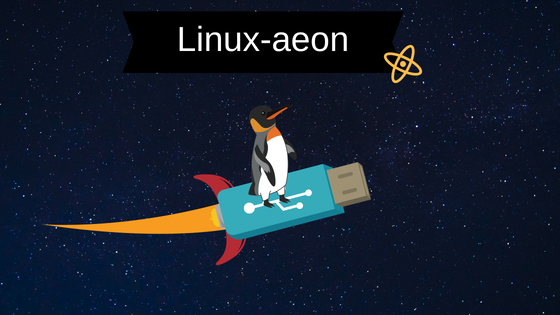Intro
They said you need clunky GUIs like Unetbootin to create bootable USB install drives.
They lied!
With just one command, you can accomplish this task without issues.
I had more issues with the GUI apps you can find online than doing it in this way.
The command
BEWARE 1: I am not responsible for any damage you may do to your system and devices by improper use of the unix dd utility.
BEWARE 2: the following command will erase any data contained in the target USB device. You don't even have to format it first :)
The magic command is one of the oldest and greatest army knives of every Linux user, Data Duplicator (DD):
sudo dd if=manjaro-kde-17.1.11-stable-x86_64.iso of=/dev/sdb bs=4M status=progress
if = input file = The ISO image of your operating system of choice (In my case, the great Manjaro distro).
of = output file = The device you are going to write the ISO image to. I repeat, the device and not the partition.
- /dev/sdb = Device
- /dev/sdb1 = Partition
Hint: to find how your USB stick is called, simply run:
sudo fdisk -l
Disk /dev/sda: 223,6 GiB, 240057409536 bytes, 468862128 sectors
Units: sectors of 1 * 512 = 512 bytes
Sector size (logical/physical): 512 bytes / 512 bytes
I/O size (minimum/optimal): 512 bytes / 512 bytes
Disklabel type: dos
Disk identifier: 0x58e6b2a7
Device Boot Start End Sectors Size Id Type
/dev/sda1 2049 450402085 450400037 214,8G 83 Linux
/dev/sda2 450402086 468857024 18454939 8,8G 82 Linux swap / Solaris
Disk /dev/sdb: 14,4 GiB, 15497953280 bytes, 30269440 sectors
Units: sectors of 1 * 512 = 512 bytes
Sector size (logical/physical): 512 bytes / 512 bytes
I/O size (minimum/optimal): 512 bytes / 512 bytes
Disklabel type: dos
Disk identifier: 0x00000000
Device Boot Start End Sectors Size Id Type
/dev/sdb1 * 64 4232079 4232016 2G cd unknown
/dev/sdb2 4232080 4240271 8192 4M ef EFI (FAT-12/16/32)
In my case /dev/sdb is the USB drive.
The output
2168455168 bytes (2,2 GB, 2,0 GiB) copied, 291 s, 7,5 MB/s
517+1 records in
517+1 records out
2171019264 bytes (2,2 GB, 2,0 GiB) copied, 291,41 s, 7,5 MB/s
When it finishes you may have to unmount and remount the drive to allow the data to be synced.
That's it! your bootable USB drive is ready to use!
Conclusion
DD is a great tool and it is very powerful, so be careful when using it!
It is capable of many, many other tasks like:
- Cloning partitions.
- Modifying files.
- Measure drive performance.
- Converting a text file to upper or lower case (Yes you got it right :)).
- And much more!.
More info on its own wikipedia page


Good Post friend. I will try that on my raspberry pi 3.
Posted using Partiko Android